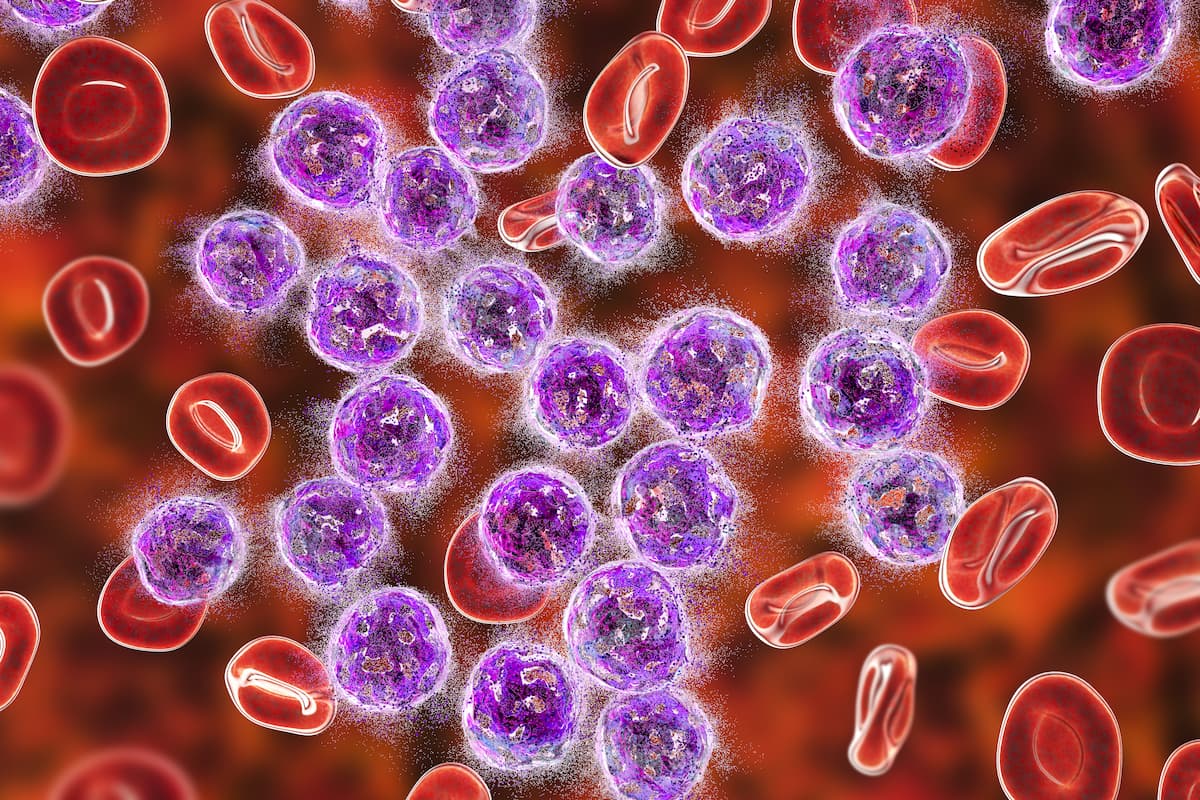FDA Declines to File New Drug Application for SGX301 in T-Cell Lymphoma
The FDA states that the refusal to file letter for SGX301 in early-stage cutaneous T-cell lymphoma was because the new drug application was insufficient for permit substantive review.
The FDA issued a refusal-to-file letter for a new drug application (NDA) for SGX301 (HyBryte), a novel, first-in-class, photodynamic therapy for early-stage cutaneous T-cell lymphoma (CTCL), according to a press release from Soligenix.1
"We are fully determined to work with the FDA staff as quickly as possible to better understand the open issues and clarify the potential path to successfully resubmitting our application," according to the manufacturers of SGX301.

The agency explained that the NDA for SGX301 was insufficient to allow for substantive review. Soligenix announced that it may seek additional guidance from the agency to help ensure a successful resubmission.
“We are fully determined to work with the FDA staff as quickly as possible to better understand the open issues and clarify the potential path to successfully resubmitting our application,” Christopher J. Schaber, PhD, president and chief executive officer at Soligenix, said in the press release. “We remain focused on advancing [SGX301] as a potential new first-in-class treatment option for the CTCL community of patients, families, and healthcare professionals.”
SGX301 was examined as part of the phase 3 FLASH trial (NCT02448381), in which 16% of patients treated with the agent experienced a minimum 50% reduction in lesion vs 4% in the placebo arm at 8 weeks within the first treatment cycle (P = .04).2 Moreover, patients who received 2 and 3 cycles of treatment had responses that increased to 40% (P <.001 vs cycle 1) and 49% (P <.001 vs cycle 1), respectively.
The agent garnered more responses vs placebo in the treatment of both plaque (42%; P <.0001) and patch lesions (37%; P = .0009).
SGX301 is a synthetic hypericin photosensitizer delivered via topical application to skin lesions. It is designed to be taken up by malignant T cells and then activated by visible light approximately 24 hours later. This mechanism has demonstrated significant anti-proliferative effects on activated normal human lymphoid cells and has inhibited the growth of malignant T cells gathered from patients with CTCL.
Previous regulatory actions regarding this agent include orphan drug and fast track designations from the FDA, as well as an orphan designation from the European Medicines Agency.
FLASH was a multicenter, placebo-controlled, double-blinded, randomized trial that enrolled 169 patients with stage IA to IIA mycosis fungoides−CTCL from December 2015 to November 2020, 166 of whom were evaluable for analysis. The mean age of the study population was 58.4 years. Most patients were male (57.8%) and White (72.3%).
Index lesion response rate, the trial’s primary end point, was defined as a 50% or greater improvement in a modified Composite Assessment of Index Lesion Severity score from baseline after 6 weeks of therapy for cycle 1.
Patients received SGX301 or placebo to 3 index lesions twice weekly for 6 weeks in the first cycle. Patients were randomly assigned 2:1, including 116 patients in the experimental arm and 50 placebo in the placebo arm. All patients received the experimental agent during subsequent cycles.
The most frequent treatment-related adverse effects (AEs) were mild local skin reactions, affecting anywhere from 13.5% to 17.3% of patients in cycles 1 to 3 vs 10.5% among those who received placebo in cycle 1. Additionally, application-site reactions affected 3.2% to 6.9% of those receiving SGX301 in cycles 1 to 3 vs 4.0% of those who received placebo.
Investigators did not observe any serious treatment-related AEs.
References
- Soligenix receives refusal to file letter from U.S. FDA for HyBryte™ New Drug Application in the treatment of cutaneous T-cell lymphoma. News Release. Soligenix, Inc. February 14, 2023. Accessed February 15, 2023. https://bit.ly/3E9eSpC
- Kim EJ, Mangold AR, DeSimone JA, et al. Efficacy and safety of topical hypericin photodynamic therapy for early-stage cutaneous T-cell lymphoma (mycosis fungoides): the FLASH phase 3 randomized clinical trial. JAMA Dermatol. 2022;158(9):1031-1039. doi:10.1001/jamadermatol.2022.2749
Newsletter
Stay up to date on recent advances in the multidisciplinary approach to cancer.
Highlighting Insights From the Marginal Zone Lymphoma Workshop
Clinicians outline the significance of the MZL Workshop, where a gathering of international experts in the field discussed updates in the disease state.
Expanding Horizons in T-Cell Lymphoma Therapy: Focus on Personalized Treatment Strategies
Several lymphoma experts discuss the current T-cell lymphoma landscape, the need for new therapies, and ongoing research in the space.